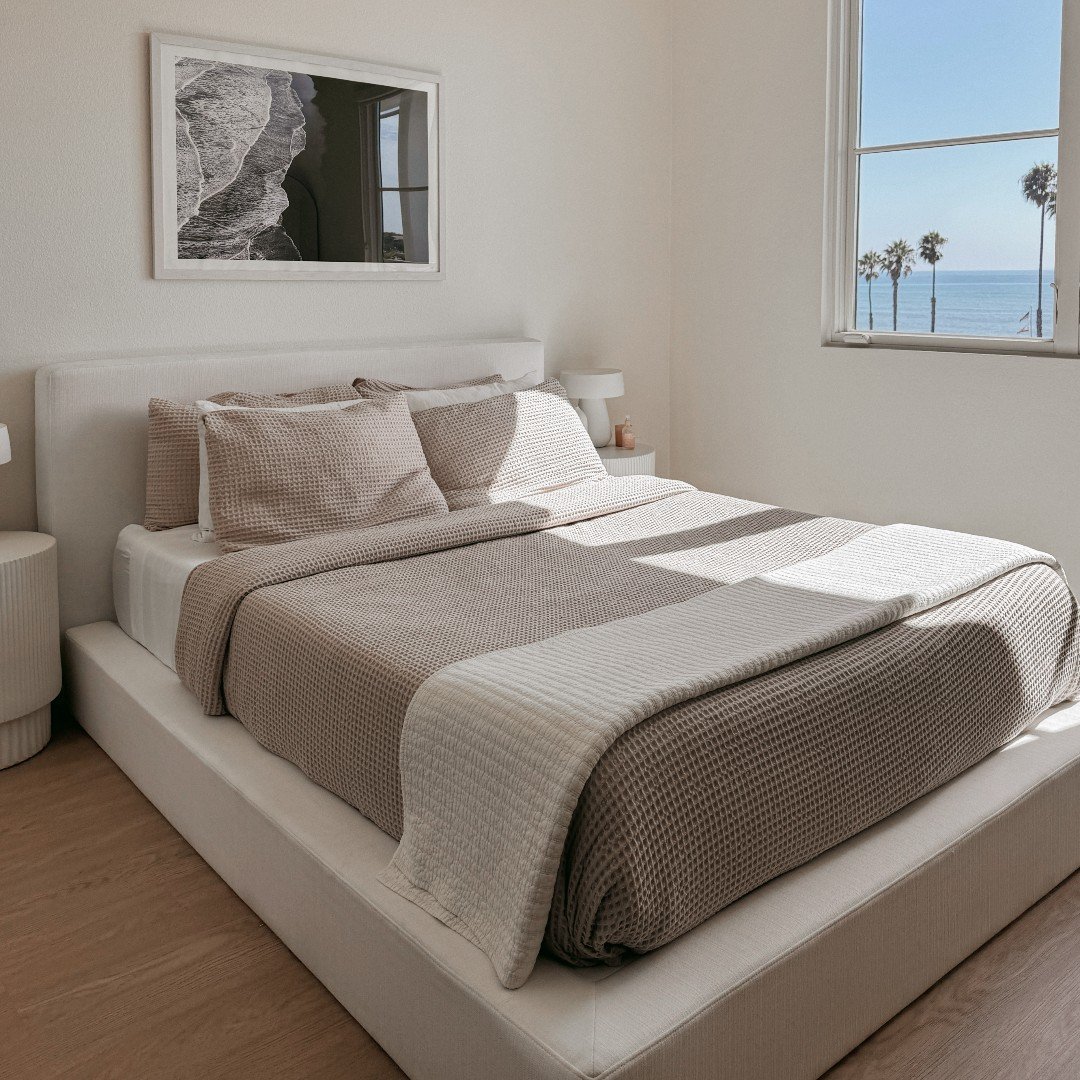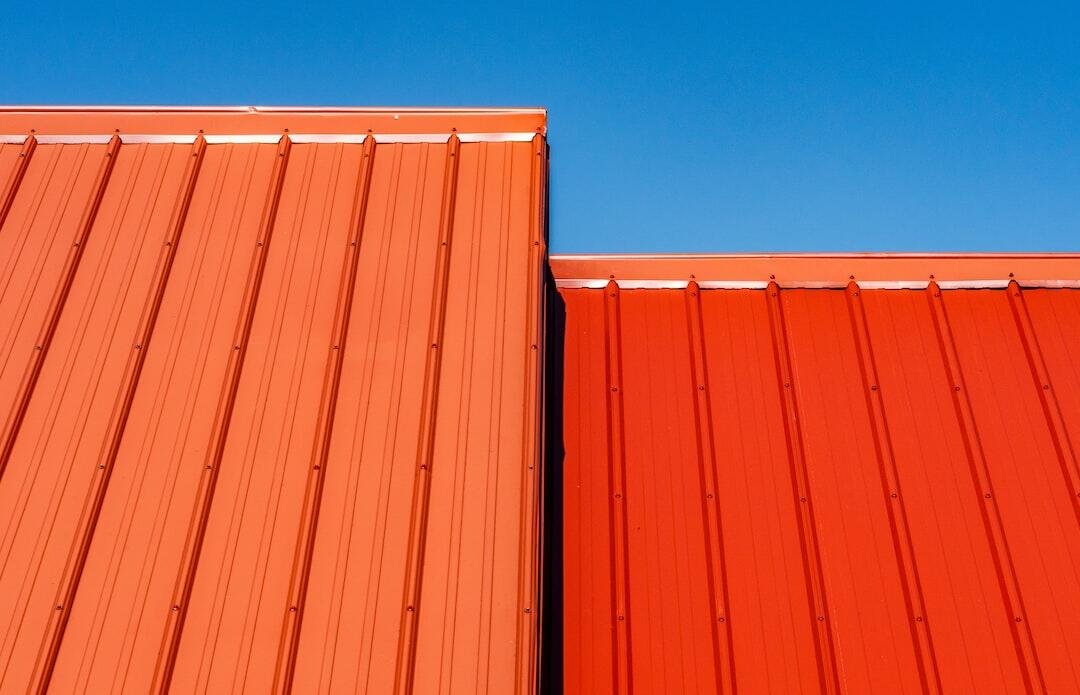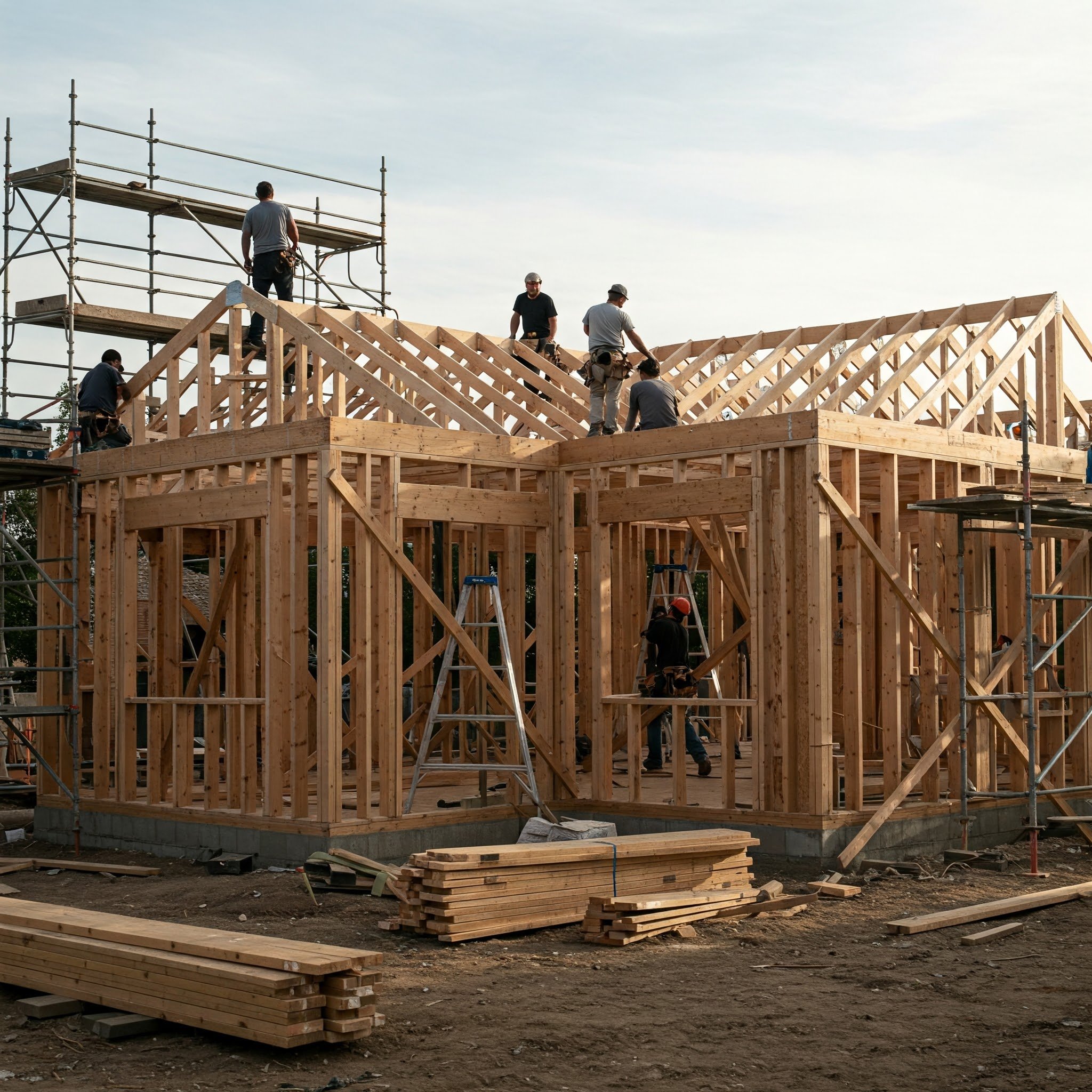Solid Foundations, Infinite Possibilities: Steel Buildings in BC
Explore the versatility of steel buildings in British Columbia. Learn about their durability, eco-friendliness, and customizable options, paving the way for endless architectural possibilities in the region.
In British Columbia, the demand for robust and versatile structures is ever-present. From urban centres to rural communities, the requirement for buildings that can withstand diverse climates and serve various purposes is paramount. Steel is a versatile and reliable choice among the different construction materials available. This article explores the enduring significance of steel buildings british columbia, highlighting their solid foundations and infinite possibilities.
A Resilient Choice
Steel has long been revered for its exceptional strength and durability. In British Columbia, where weather conditions can range from coastal rains to mountain snows, resilience is not just desirable but essential. Steel buildings offer unparalleled resistance to corrosion, fire, and pest attacks, ensuring longevity and minimal maintenance requirements.
The seismic activity prevalent in the region makes structural integrity a top priority. Steel's inherent flexibility and high strength-to-weight ratio make it an ideal material for withstanding earthquakes, providing occupants with enhanced safety and peace of mind.
Environmental Sustainability
In an era marked by fast environmental awareness, the sustainability of construction materials is a pressing concern. Being one of the most recycled materials globally, steel aligns well with sustainability principles. In British Columbia, where environmental conservation is a core value, the use of steel in buildings contributes to decreasing the carbon footprint associated with construction projects.
Steel buildings' energy efficiency is commendable. With advancements in insulation technologies and design practices, steel structures can achieve impressive levels of thermal performance, leading to reduced energy consumption for heating and cooling purposes. This benefits the environment and translates into price savings for building owners and occupants.
Versatility in the Design of Steel Constructions in British Columbia
Beyond its structural properties, steel offers unparalleled flexibility in design. Whether constructing industrial warehouses, commercial complexes, or residential homes, the versatility of steel allows architects and designers to realize their creative visions. The ability to span large distances without needing interior support columns opens up vast interior spaces, providing endless possibilities for layout and functionality.
The aesthetic appeal of steel buildings in british columbia should be considered. With sleek lines, modern finishes, and customizable façades, steel structures can enhance the visual landscape of any community. From contemporary urban skylines to rustic rural settings, steel structures seamlessly integrate into diverse environments, contributing to architectural diversity and innovation.
Cost-Effectiveness
In a competitive construction market, cost-effectiveness remains a primary consideration for developers and property owners. Steel structures offer significant advantages regarding upfront construction costs and long-term value. The speed of erection associated with steel framing translates into shorter construction timelines, reducing labour expenses and minimizing disruptions to ongoing operations.
Steel structures' durability and low maintenance requirements result in lower lifecycle costs than traditional building materials. With minimal upkeep and the potential for future modifications or expansions, steel buildings offer excellent return on investment over their lifespan, making them a financially prudent choice for stakeholders.
Adaptability to Changing Needs
In an era characterized by fast technological advancements and evolving societal needs, building adaptability is paramount. Steel structures excel in this regard, offering inherent flexibility to accommodate changes in occupancy, functionality, and technological requirements. Whether retrofitting existing constructions or designing new structures, the modularity and ease of modification offered by steel construction ensure that buildings can evolve alongside the needs of their users.
Steel components' prefabrication capabilities enable efficient off-site fabrication, reducing construction waste and enhancing project efficiency. This off-site construction method allows for
greater precision and quality control, resulting in faster assembly and superior finished products.
Conclusion
Steel emerges as a material of choice in British Columbia, where the demand for resilient, sustainable, and adaptable buildings continues to grow. With its solid foundations rooted in strength and durability, steel offers infinite possibilities for innovative design, environmental stewardship, and cost-effective construction. From towering skyscrapers to humble agricultural structures, the versatility of steel structures shapes the landscape of British Columbia, reflecting the province's commitment to progress, sustainability, and resilience.































